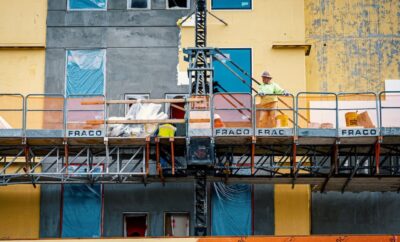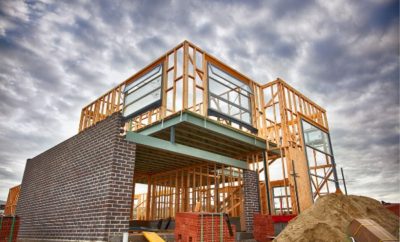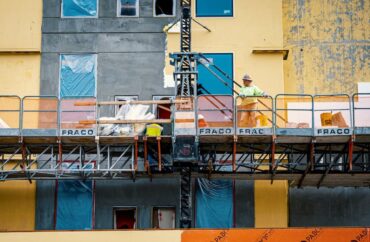
US Economy Created 228,000 Jobs in March
The US labor market unexpectedly accelerated in March, whereas the data for January and February were significantly revised downward.
The unemployment rate rose slightly to 4.2% in March, from 4.1% the previous month.
This month’s jobs report demonstrates the labor market’s sustained resiliency in the face of sticky inflation, a dip in consumer confidence, widespread federal government layoffs, and rising economic uncertainty.
Residential construction jobs has been noticeably sluggish in recent months.
The six-month moving average of employment increases in residential construction fell in March for the first time since August 2020. It reflects three big job losses: 8,400 in October 2024, 6,700 in January 2025, and 9,800 in March 2025.
In addition, the construction job openings rate has returned to 2019 levels, owing to a decrease in construction activity.
Wage growth stagnated in March. Wages increased by 3.8% year on year, a decrease of 0.3 percentage points from the previous year.
Wage growth has been exceeding inflation for nearly two years, which is usual when productivity grows.
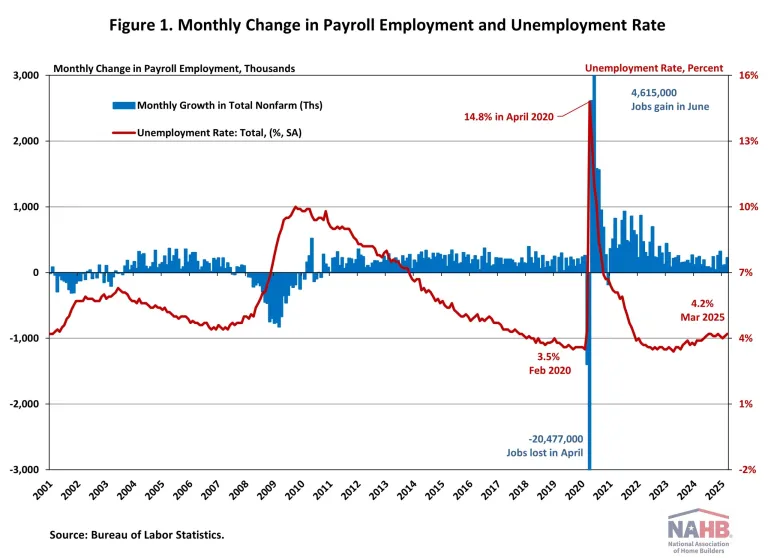
Employment on the national level
According to the BLS’s Employment Situation Summary, total nonfarm payroll employment increased by 228,000 in March, following a downwardly revised increase of 117,000 jobs in February.
Since January 2021, the US labor market has added jobs for 51 straight months, making it the third-longest streak of employment growth on record.
Estimates for the prior two months were revised downward.
The monthly change in total nonfarm payroll employment for January was revised down by 14,000 from +125,000 to +111,000, and the change for February was revised down by 34,000 from +151,000 to +117,000.
The combined revisions were 48,000 lower than initially reported.
The jobless rate jumped to 4.2% in March.
While the number of employed people grew by 201,000, the number of unemployed people increased by 31,000.
Meanwhile, the labor force participation rate—the proportion of the population looking for work or already employed—increased by one percentage point to 62.5%.
The participation rate among adults aged 25 to 54 dropped two percentage points to 83.3%.
While the total labor force participation rate remains below its pre-pandemic level of 63.3% at the start of 2020, the percentage for persons aged 25 to 54 has been declining since peaking at 83.9% last summer.
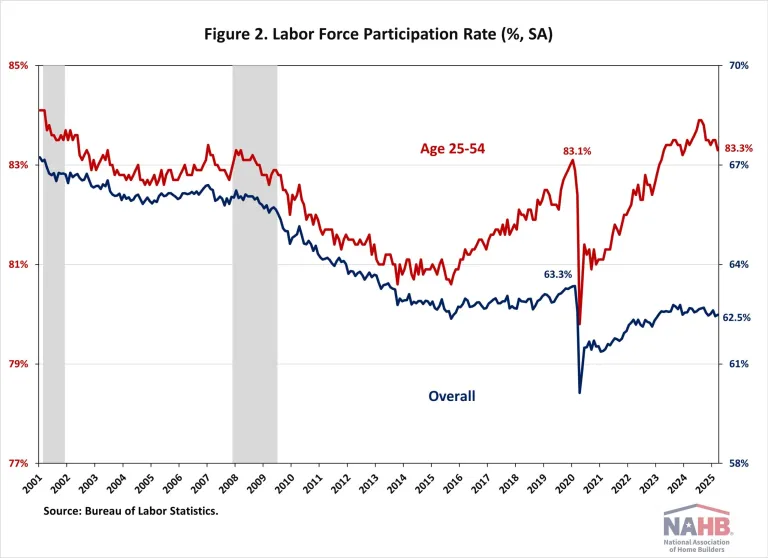
In March, employment increased in health care (+54,000), social assistance (+24,000), and transportation and warehousing (+23,000.
In March, retail employment increased by 24,000 positions, indicating the return of workers who had gone on strike.
However, federal government employment fell by 4,000, following a loss of 11,000 jobs in February.
According to the Census Bureau, “employees on paid leave or receiving ongoing severance pay are counted as employed in the establishment survey.”
Construction jobs
The entire construction sector added 13,000 jobs in March, following a 14,000 increase in February. While residential construction lost 9,800 jobs, non-residential construction employment increased by 22,300 positions in the month.
In March, residential construction employment totaled 3.4 million, with 958,000 builders and 2.4 million home specialty trade contractors.
The six-month moving average of residential construction employment increases was -2,883 per month, primarily reflecting the three months of job loss during the previous six months (October 2024, January 2025, and March 2025). Home builders and remodelers created 14,000 net new jobs over the last year.
Residential construction employment has increased by 1,367,600 positions during the Great Recession.
In March, the seasonally adjusted unemployment rate for construction workers fell to 4.3%.
Construction workers’ unemployment rate has remained reasonably low, having reached 15.3% in April 2020 as a result of the COVID-19 pandemic’s influence on home demand.
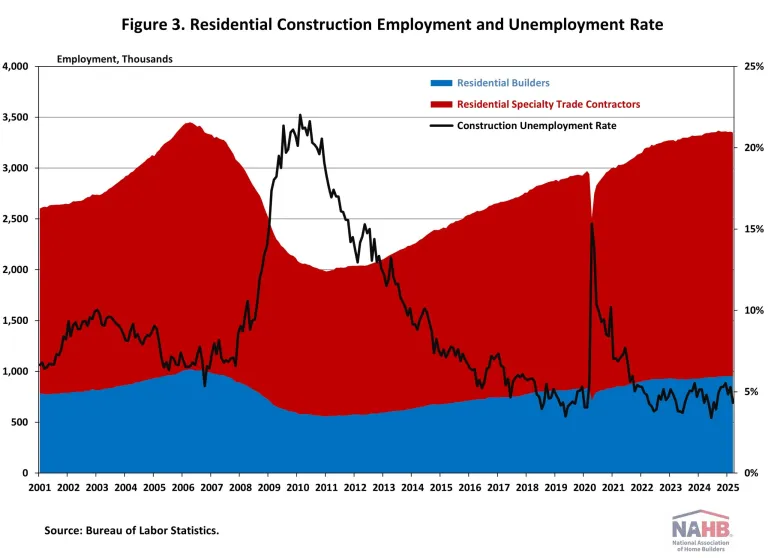
[Read more about this story on Eyeonhousing.org]


